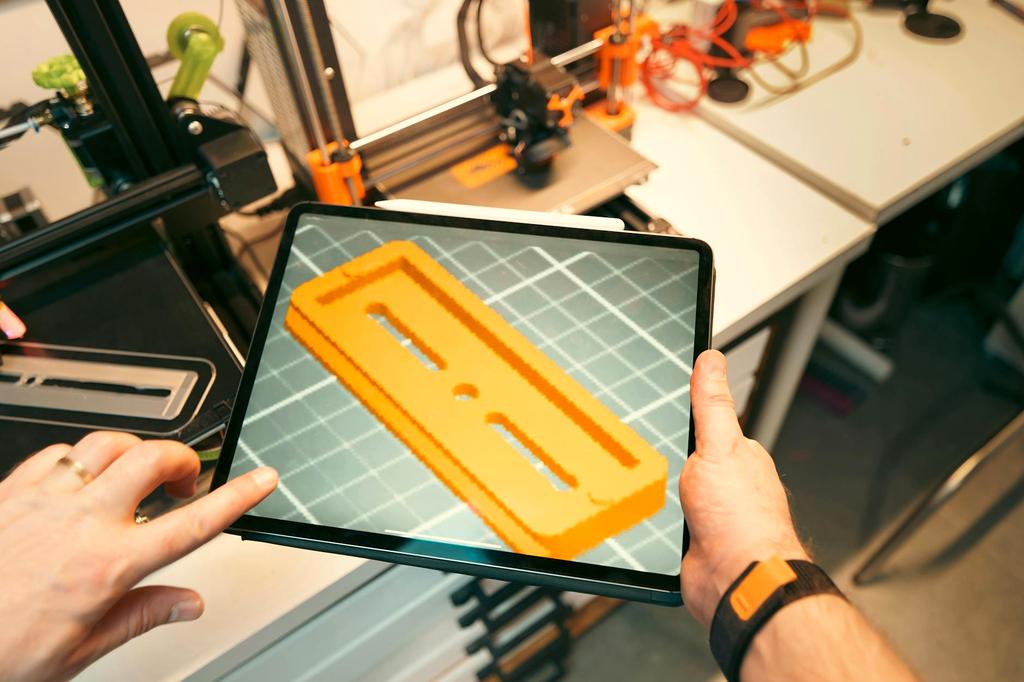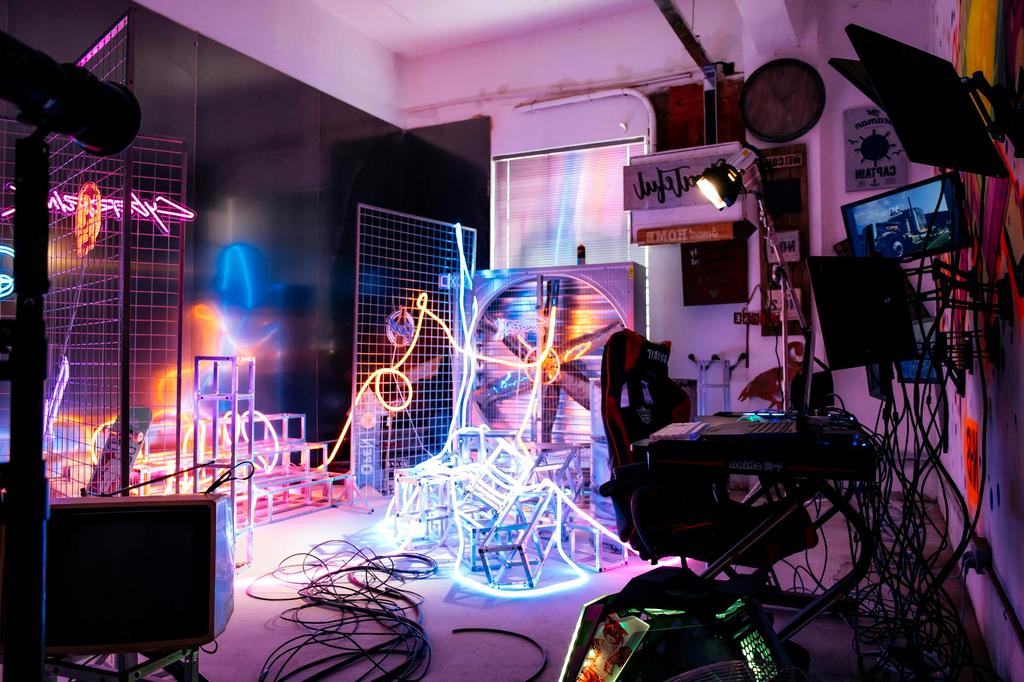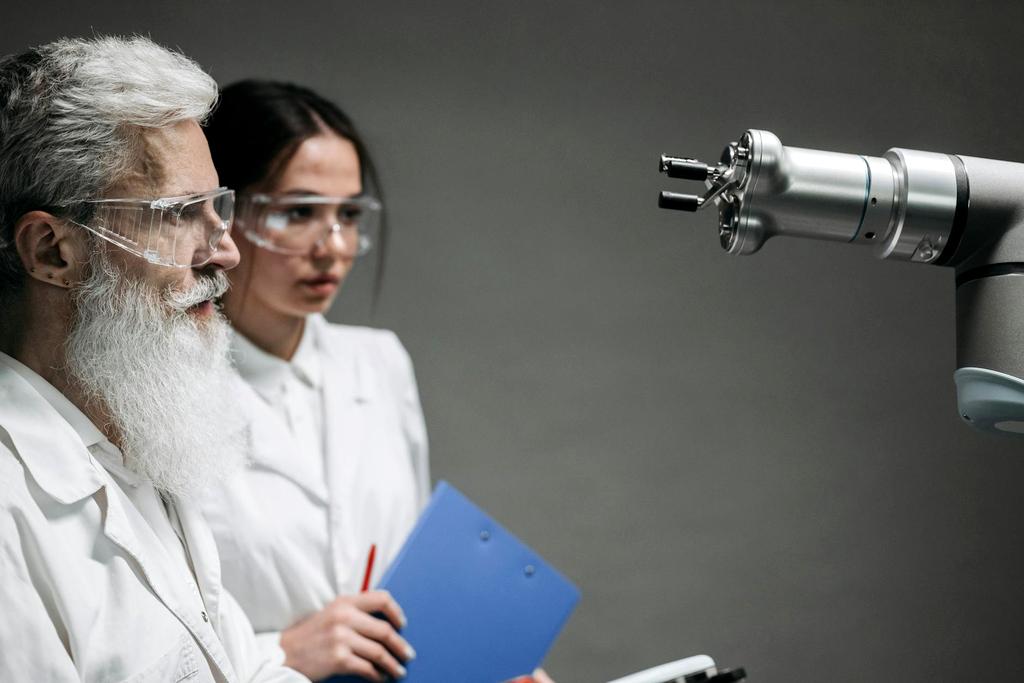
GPU vs TPU in Machine Learning
Unlock the power of specialized hardware accelerators for your AI workloads
Understanding the right processor architecture for your machine learning projects can dramatically impact performance, cost, and efficiency.
Compare Processors Explore Use Cases




